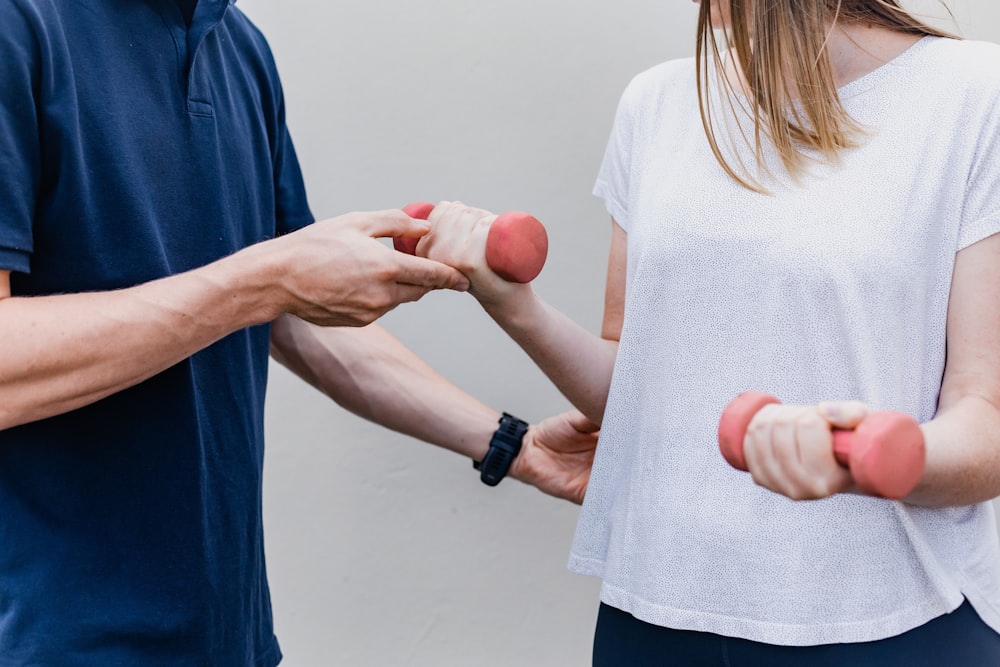目次
大腿骨近位部骨折例に対する運動療法に関するシステマティックレビュー
大腿骨近位部骨折例に対して運動療法を行う機会は多いと思います.
しかしながら大腿骨近位部骨折例に対する運動療法のエビデンスってどうなのでしょうか?
またどんな運動療法が有効なのでしょうか?
今回は大腿骨近位部骨折例に対する運動療法に関するシステマティックレビューをご紹介させていただきます.

今回ご紹介する論文
Meta-Analysis Disabil Rehabil. 2022 Sep;44(18):4986-4996. doi: 10.1080/09638288.2021.1924299. Epub 2021 Jun 8.
Exercise interventions, physical function, and mobility after hip fracture: a systematic review and meta-analysis
Xiaorui Zhang 1, William J Butts 2, Tongjian You 2
Affiliations expand
PMID: 34101525 DOI: 10.1080/09638288.2021.1924299
今回ご紹介する論文は2022年に掲載された論文です.
研究の目的
Purpose: To investigate the effects of different exercise components on physical function and mobility in adults after hip fracture.
この研究では大腿骨近位部骨折後の成人の身体機能および運動能力に対する様々な運動要素の効果を調査することを目的としております.
研究の方法
Methods: Pubmed, Embase, Cochrane Library, Web of Science, CINAHL, and PsycINFO were searched up to March 2021. Randomized controlled trials investigating the effects of exercise interventions on physical function and mobility in adults after hip fracture were included.
Pubmed,Embase,Cochrane Library,Web of Science,CINAHL,PsycINFOを2021年3月まで検索しております.
大腿骨近位部骨折例の成人の身体機能および移動能力に対する運動介入の効果を検討した無作為化対照試験を対象としております.
研究の結果
Results: Fifteen studies (12 trials) were included (n = 1198, age = 80 ± 8 years). Exercise interventions had a moderate effect on overall physical function after hip fracture compared to non-exercise (SMD = 0.46, 95% CI = 0.27-0.65). Among different exercise components, progressive resistance exercise showed the largest effect (SMD = 0.48, 95% CI = 0.27-0.69), while aerobic exercise alone had no effect (SMD 0.41, 95% -0.44 to1.26) on physical function. Exercise had a small effect on mobility (SMD = 0.28, 95% CI = 0.12-0.43). Specifically, functional exercise showed a moderate effect (SMD = 0.41, 95% CI = 0.16-0.65) on mobility.
15の研究(12試験)が対象となりました(n=1198,年齢=80±8歳).
運動介入は運動療法以外と比較して,大腿骨近位部骨折後の身体機能全体に対して中程度の効果を有しておりました(SMD=0.46,95%CI=0.27~0.65).
異なる運動構成要素の中で,プログレッシブ・レジスタンス運動は最大の効果を示し(SMD = 0.48, 95% CI = 0.27-0.69),有酸素運動単独では身体機能への効果はありませんでした(SMD 0.41, 95% -0.44 to 1.26).
運動は移動能力に対して小さな効果を示しました(SMD = 0.28, 95% CI = 0.12-0.43).
特に機能的な運動は移動能力に対して中程度の効果(SMD = 0.41, 95% CI = 0.16-0.65)を示しました.
研究の結論
Conclusions: Available evidence supports that exercise interventions improve physical function and mobility in older adults after hip fracture; specifically, resistance exercise with progressive load of 60-80% 1RM, and functional exercise may be critical intervention components respectively. Future high-quality research is needed to establish best practices.
利用可能なエビデンスは,運動介入が大腿骨近位部骨折後の高齢者の身体機能と移動能力を改善することを支持しておりました.
具体的には60~80%1RMの漸増負荷をかけた抵抗運動と機能的運動がそれぞれ重要な介入要素になると思われます.
今後ベストプラクティスを確立するために,質の高い研究が必要であります.
臨床的意義
IMPLICATIONS FOR REHABILITATIONProgressive resistance exercise with 60-80% 1RM resulted in the largest improvement in physical function after hip fracture.Functional exercise appears to be a critical component for improving mobility after hip fracture. Functional exercise plus resistance and balance exercises was the most effective intervention for enhancing mobility.Exercise should be supervised by a trainer or a physiotherapist, and self-reported exercise may not result in the same benefits.
60~80%1RMの漸増的なレジスタンストレーニングは,大腿骨近位部骨折後の身体機能の最も大きな改善をもたらしました.
運動はトレーナーや理学療法士の監督下で行うべきであり,自己申告による運動は同じ効果をもたらさない可能性があります.
今回は大腿骨近位部骨折例に対する運動療法に関するシステマティックレビューをご紹介させていただきました.
今回の結果から考えるとやはりレジスタンストレーニングが有効ということですね.
また理学療法士の監視下での運動療法の有効性が示唆される結果ですね.






